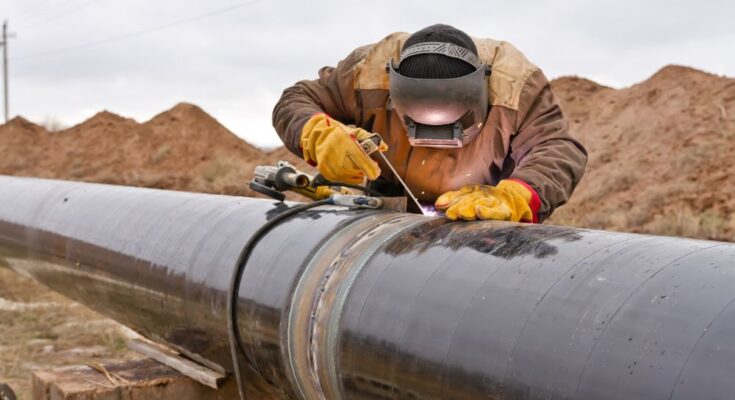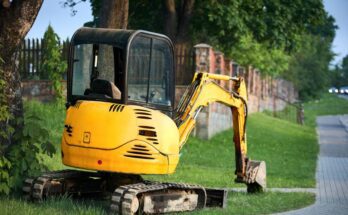Pipeline welding is about skillfully joining pipes to prevent harm to the pipes, the workers, and the surrounding community. Whether this is part of your job or you manage a team performing pipeline welding, safety should be at the top of your list of priorities. Read on for a quick guide to welding safety for pipeline work.
Know the Safety Standards Inside Out
The backbone of welding safety lies in knowing and strictly adhering to established safety standards. Pipeline work often involves confined spaces and elevated work areas, where the risk of falls and exposure to harmful gases is heightened. Familiarizing yourself with OSHA regulations and any other relevant safety guidelines is the first step toward creating a secure work environment. Also, ensure you’re aware of the specific protocols for handling welding equipment, particularly in environments susceptible to sparks and flammable materials.
Always Wear Personal Protective Equipment (PPE)
PPE is nonnegotiable for all industrial jobs, especially welding ones. High-quality welding helmets with appropriate shading, fire-resistant clothing, gloves, and boots are essential. PPE acts as a first line of defense against sparks, spatter, and intense UV radiation, which are common in pipeline welding tasks. Choose the right gear based on the specific job at hand and ensure it’s always in good condition before starting work.
Understand Your Craft to a Tee
Mastering advanced welding techniques in industrial piping is crucial, but understanding your craft to a tee goes beyond that. It includes knowing the materials you’re working with, the correct use of tools, and the environmental impact of your work. Pipeline welding often involves materials that require specific handling and precautions to ensure both the welder’s safety and the integrity of the pipeline. Keeping abreast of the latest technologies and best practices in pipeline welding will improve the quality of your work and enhance safety.
Regularly Maintain and Inspect Your Equipment
Regular maintenance and inspection of welding equipment play a critical role in preventing accidents. Faulty equipment can lead to unexpected malfunctions, which pose significant risks, especially in the hazardous environments where pipeline work often occurs. Implement a routine checkup plan for all your welding tools and machinery. This includes checking for gas leaks, ensuring electrical cords are intact, and verifying the proper functioning of safety features on welding machines.
Safety adherence isn’t just a regulation; it’s a skill that every welder should master. By rigorously applying the guidelines in this quick guide to welding safety for pipeline work, you can ensure your safety and the integrity and reliability of the pipelines you work on.



